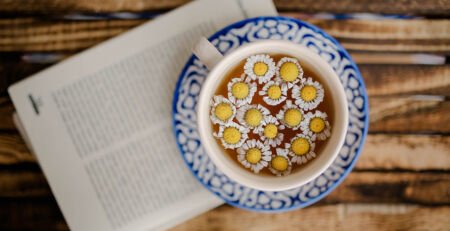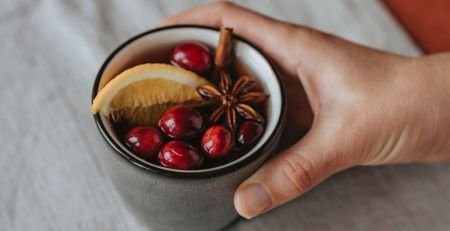Unveiling the Essence of the Perfect Cup: The Role of Water in Tea Brewing
In the intricate dance of tea preparation, amidst the myriad considerations of tea leaves, accessories, and additives, there lies an unassuming yet paramount element: water. Often overlooked despite constituting a staggering 99% of the brew, water plays a pivotal role in crafting the flawless infusion.
Echoing the wisdom of Tang dynasty philosopher Lu Yu, whose “Classic of Tea” extols the virtues of brewing, pristine water emerges as the foundation. Yu’s teachings underscored the significance of swiftly flowing mountain streams as the source of optimal brewing water. He believed that the very water nurturing tea plants was the water destined to coax the perfect steep.
Yu’s insights, however, acknowledged the reality that not all could access such pure waters. To address this, he advised a subtle tweak: a pinch of salt during the initial boil to harmonize flavors. Today, as pristine mountain water remains a luxury, adapting water for tea becomes essential. Guided by these five principles, the path to tea perfection unfolds.
- Temperature Matters: Each tea type has its temperature preferences, and straying from them yields lackluster results. Delicate greens and whites, scorched by boiling water, lose subtlety. Brewing at 75-80°C suits them, while oolongs thrive at 80-85°C. Robust black teas, including morning classics, welcome a full boil, while herbal teas embrace kettle-hot water.
- Freshness Revived: Reboiling sounds innocent, but it robs the water of oxygen—life’s essence. Freshwater equals vibrant tea, so replenish the kettle each time. Avoid overfilling to reduce waste.
- The pH Paradigm: Water’s pH waltz influences tea’s melody. Neutral waters around pH 7 harmonize, while alkaline or acidic waters distort. Balance is key; minerals enrich but shouldn’t overwhelm.
- Mineral Magic: Like seasoning in cuisine, minerals enhance tea. Distilled water, lacking minerals, creates a flat steep. Striking equilibrium elevates flavors without overshadowing.
- Spring of Success: Balanced spring water or a judicious filter reigns supreme. Filters remove chlorine while sparing minerals. Though pricier, their investment trumps bottled alternatives.
Water isn’t a savior for bad tea, but it elevates good tea to excellence. Tea varietals align with water profiles, necessitating experimentation to uncover perfect pairs. Embrace the diversity; every cup, a masterpiece in its own right.












LEAVE A COMMENT